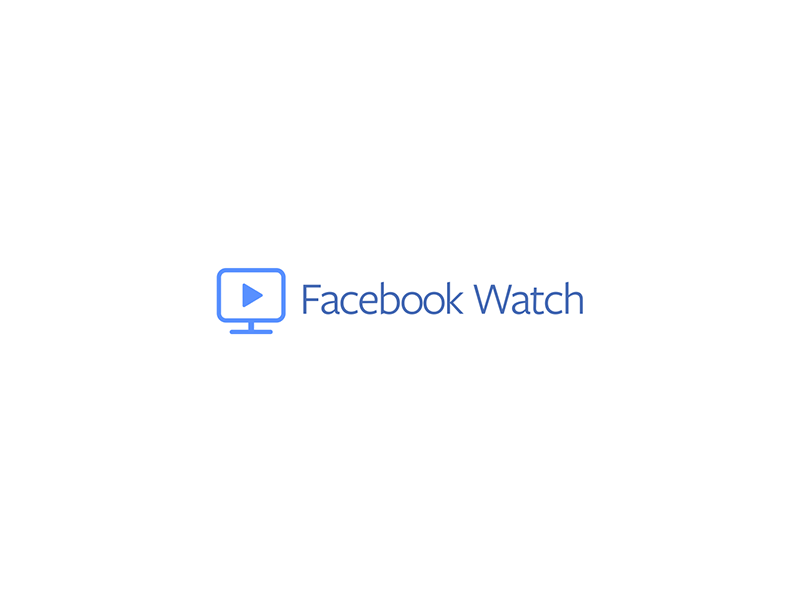FACEBOOK WATCH IS DIFFERENT FROM NETFLIX AND YOUTUBE
Seems that Facebook might be a latecomer to the streaming video market, but the company thinks it can generate money by making it more social, and be different than Netflix and YouTube.
"Video has always been social, even before the internet, when everybody was watching the same few channels," said Fidji Simo, Facebook's head of video, in an interview. "Everyone was talking about their favourite shows around the water cooler."
Facebook does not want to mimic Netflix or YouTube, which have built successful models on the backs of consumers who binge watch, but to get people to watch shows together again, even when they're viewing their phones or other personal devices.
"We can do that because all of your friends are on Facebook," Simo said.
There is a ton of money at stake. Even though digital advertising is increasing, brands only spend about $13 billion a year on online video according to Andy Fisher, chief analytics officer at marketing agency Merkle. Meanwhile, $70 billion a year in the U.S. is still spent on TV ads, said eMarketer.
Facebook is boosting its investment in Facebook Watch, a video service announced a year ago, which includes original shows and other TV-like content. Earlier this year, the social media giant started talking to media buyers about allowing shorter ad-supported content, and in June talked to social media stars about broadening ad opportunities.
Last week Facebook expanded Watch across the world, and until now, it is only been available in the US, with shows, live sporting events and shorter clips from online creators and media companies. About 50 million people in the US watched videos for at least one minute a month, according to a report from Facebook.
The company added shorter content after realising people wanted "the ability to catch up on their favourite niche creators," Simo added.
It's also now giving creators in five countries – US, UK, Ireland, Australia and New Zealand – the opportunity to earn ad revenue. To be eligible, videos must be at least three minutes long and be produced by people with 10,000 followers. Clips have to attract 30,000 views that last at least one minute over a two-month period. Creators earn 55 per cent of the advertising dollars, with Facebook keeping the rest, and the company plans to add many more countries soon.
In order for users to get together, Facebook has features like Watch Party, that allows people to watch alongside friends. There is also game show-style programming and options to influence content in real-time through polling.
"We are fundamentally different," Simo said. "We are really not focused on passive consumption of video. We are focused on building communities and connections around videos."
News Feed is also becoming a bigger place for video. The more videos a user watches and shares, the more they're served.
"What we really want to prioritise is content from your friends and family," Simo said. "We expect that a lot of that will evolve to video in the future because that is the content that people want more and more."
